Just What Is Mate? And why should I be sipping this South American Herb of the Gods

I first got to try Yerba Mate on a fantastic trip to Chilean Patagonia almost 15 years ago. We had just finished a long and energetic, but chilly, horseback ride through the plains and foothills of Chile’s incredible National Park. The horseback ride was included as part of the beautiful resort called Explora, at Torres Del Payne in Southern Patagonia. Explora is built at the base of the most beautiful mountain range you will ever see. A view of those mountains literally takes your breath away the moment you see the sharp jagged peaks of Torres Del Payne from your very own window at the hotel. We got to spend a week in that amazing place, and I still think of that week as the best vacation I had ever been on. If you ever want one of the most awe-inspiring experiences, you will likely ever have. Look into Explora They treat you like royalty even packing in lunches on your hikes complete with Baileys for your coffee.

At the end of the cold ride, the stablemaster brought us all into the central room of the stables where there was an old pot belly stove blazing away and asked to gather around the stove and warm up. This old grizzled, very charming native Chilian stablemaster with a thick accent brought out this small metal vessel filled with strange dried leaves and a weird metal straw/pipe thingy sticking out of the edge. He asked if we would like to try some Mate. I had never even heard of Yerba Mate and was a little wary of the strange leaves in the pot, but I wanted something warm after being out in the cold Patagonia air. There was a small pot boiling away on the hot stove, and he poured some of the hot water into the vessel and let it seep for a minute or two. The stablemaster then took the metal straw in his mouth and took a big sip and then refilled the vessel with more hot water. Passing the bug mug to the first person in the huddle he encouraged that person to take a sip cautioning them that it was hot and that you could blow into the straw to cool it. You were supposed to refill cup when you were finished and pass it along. When it became my turn and sharing the same straw, I got to take my first sip. The Mate tasted like slightly bitter grass with a complex flavor, unlike anything I had ever had before. I wasn’t sure if I liked it or not. But I was intrigued. We continued to pass the mate around until we were all finished. For the rest of the day, I felt energized, kind of like from coffee but more euphoric and full of life. Not in a drug sort of way but pleasantly upbeat. It is something I remember as a significant part of discovering Chile and Explora.

Staying at explora is a little pricey as it is the most expensive resort in all of Chile. But is worth every penny.

When I returned to work at The Lion King, Yes I have been there for a very long time, A good friend from Argentina got all excited that I had tried Mate. She had grown up on it and drinks it every morning. She came in the next day with a gourd and a bag of the dried herb for me to drink. I’ve been sipping Mate ever since.


Mate it turns out has a long history in South America and even has supposed health benefits over coffee. It is from the Caa tree and has been sipped for hundreds of years. The leaves were even used as currency between tribes long before the Jesuits tried to control most of South America. When the Jesuits first tried to bring Christianity to the native populations, they perceived Yerba Mate as the devils drink being as it was used in ceremonies in many local gods rituals. They banned the Mate from being used with very harsh penalties from anyone being caught drinking Yerba Mate. However, that became a huge mistake as most of the population continued to use Mate despite the ban and the Jesuits were losing their congregations instead. They soon realized their mistake and embraced the drinking of Mate. In fact, the Jesuits became the leading cultivators of Mate using vast amounts of forced labor more than any other crop in South America by the 1700s. It is sometimes known as Jesuit Tea. When the Jesuits lost their power in the early 1800s, domestic Mate production stopped until a revival in the late 1800s and early 1900s. Mate is now the drunk in all of South America, parts of the middle east, Spain, Portugal, and of all things Poland. In North America Is has a small but loyal following and can be found in areas where there are South American populations, particularly Argentineans and Uruguayans.

Mate has loads of Antioxidants, it contains seven out of the nine essential amino acids, in addition to nearly every vitamin and mineral your body needs. However, the tea contains tiny amounts of these nutrients, so it’s unlikely to make a significant contribution to your diet on its own. Mate is Higher in Antioxidants than even Green Tea. Yerba Mate has the caffeine high but doesn’t seem to drop in energy as the caffeine in coffee appears to do. It Also has been known to help in weight loss.

Yerba Mate should be sipped from a vessel that you put loose dried herbs about ¼ full. The container that you sip Mate from can be metal, wooden, or the traditional Gourd. It can be found in tea bags, but I find that it doesn’t have the same taste or strength that you get from sipping from the traditional vessels. In some parts of South America. Particularly in Paraguay and Southern Brazil, they also drink it sweetened or cold like Ice tea is drank in the South of the States.

I highly encourage you to try Mate it is a delicious and different thing to sip instead of your usual tea or coffee. You can find it in Amazon, and there are some beautiful Gourds found on Etsy. It is well worth seeking out.

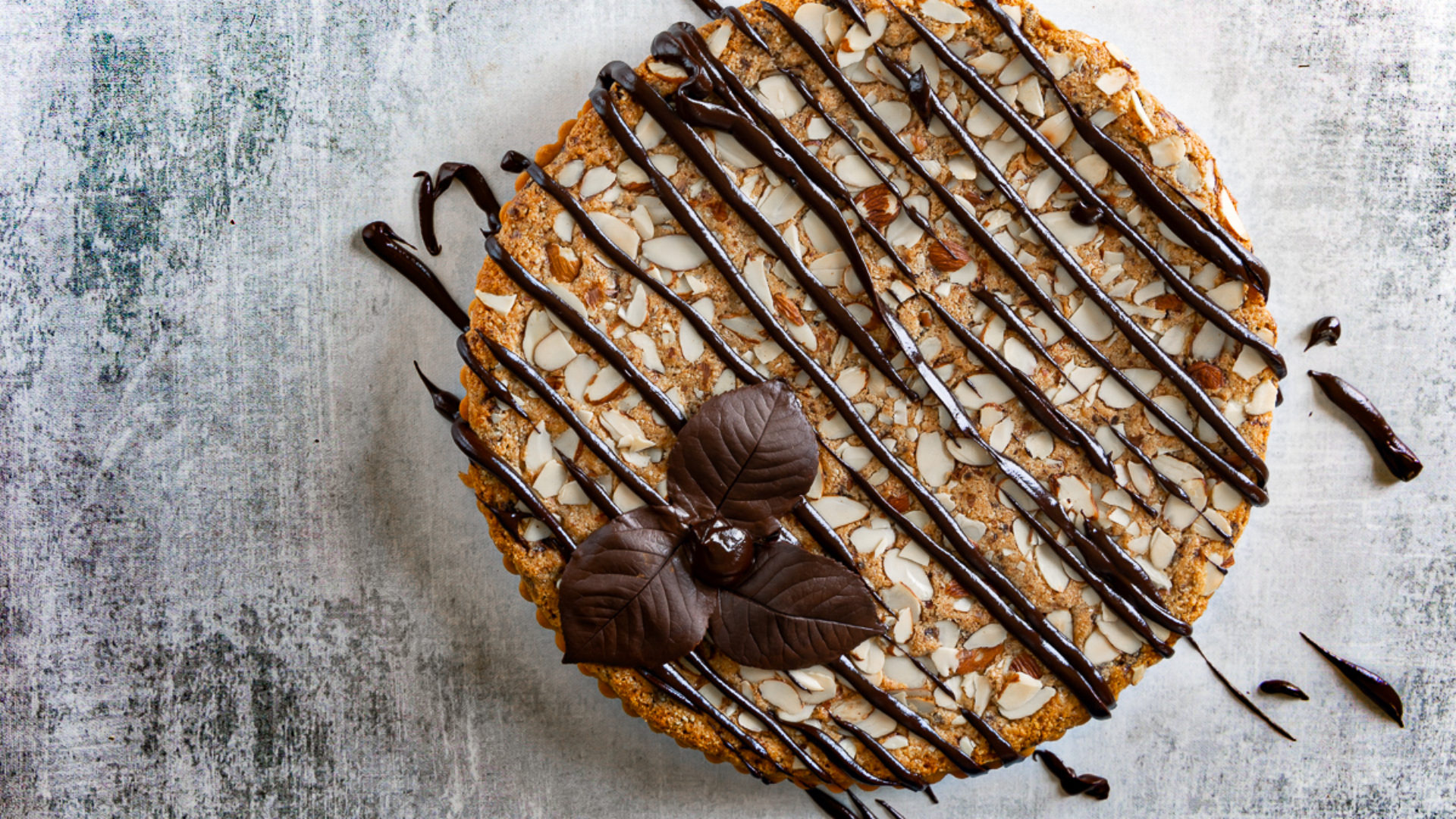
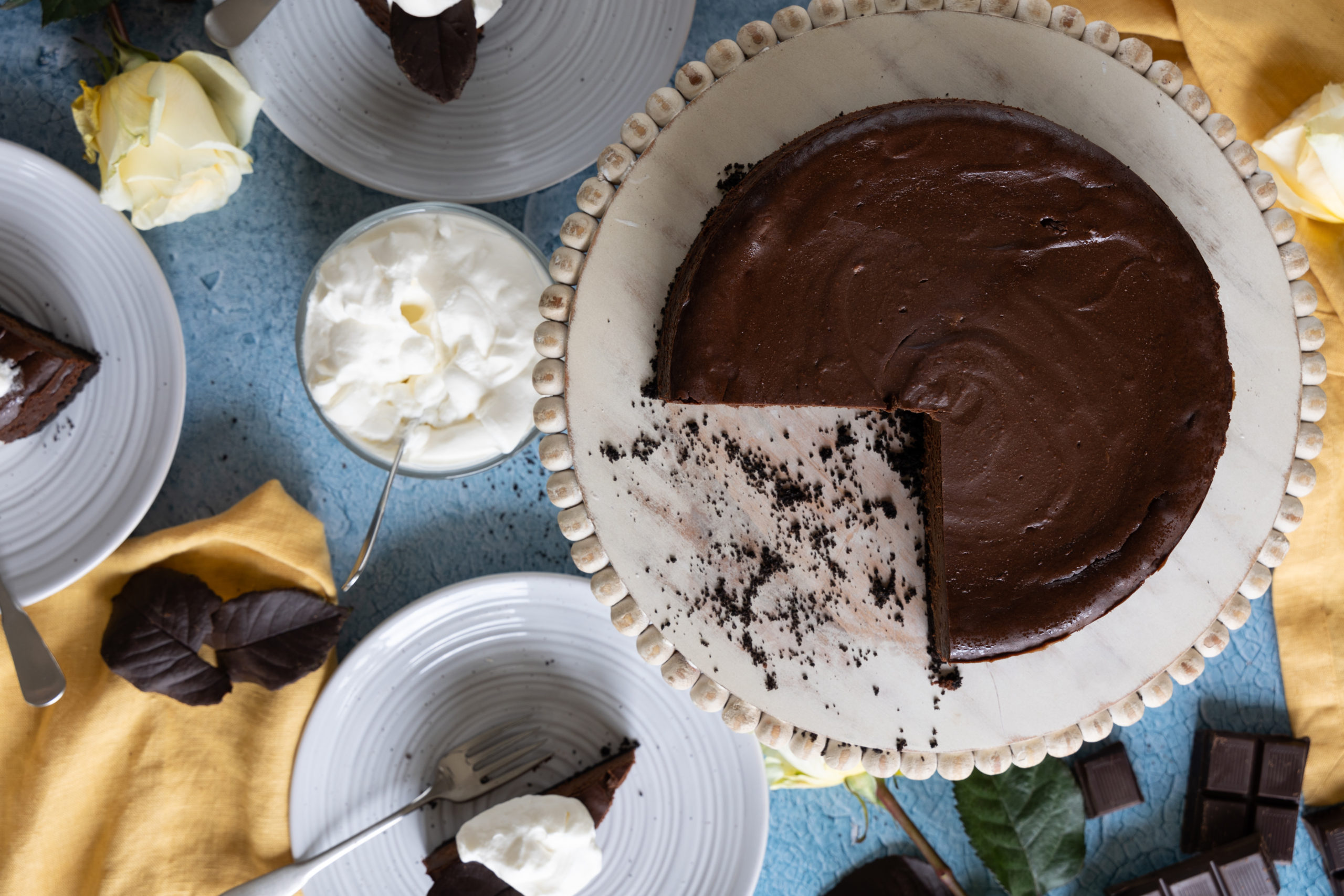
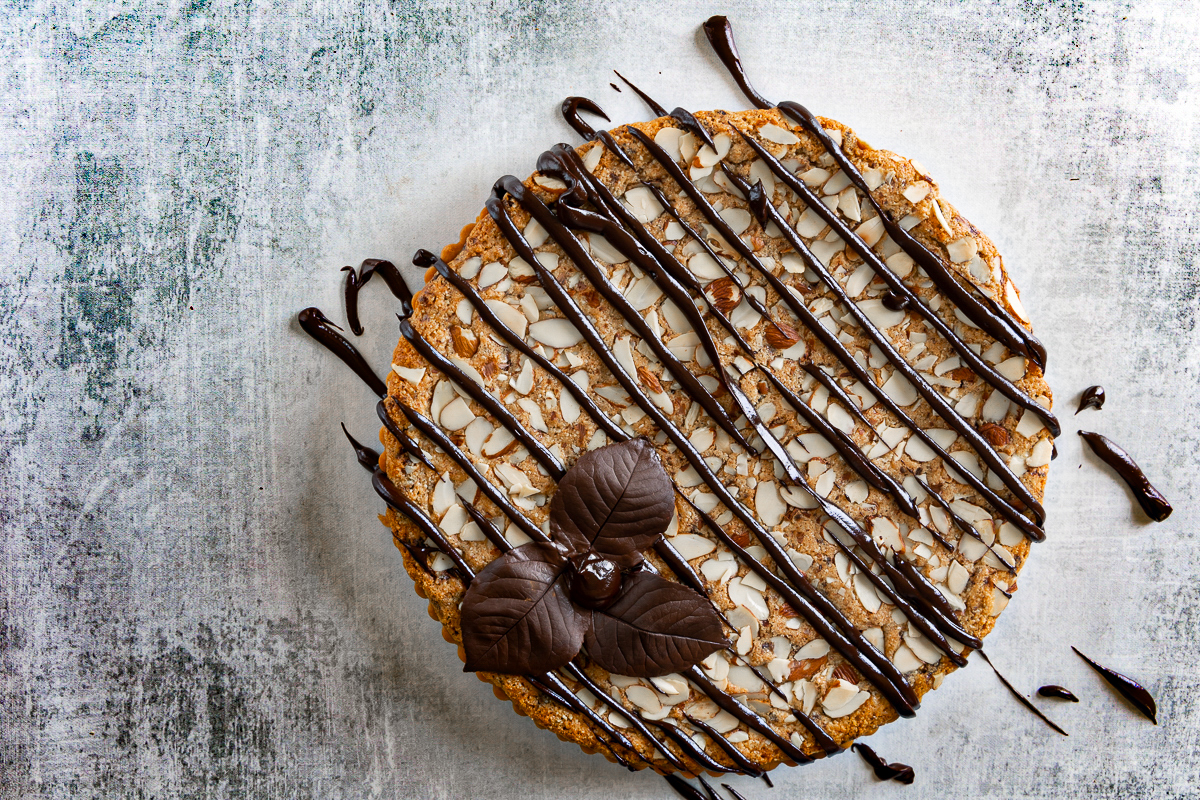
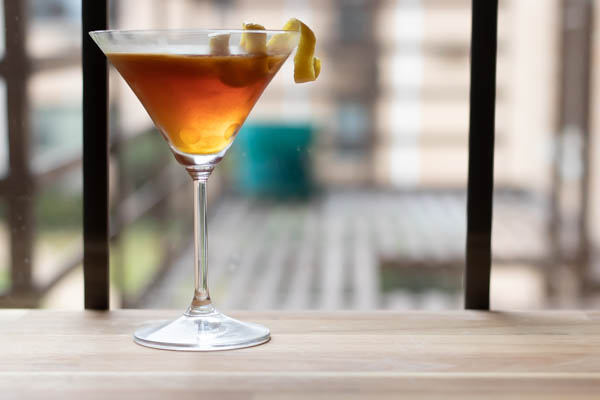
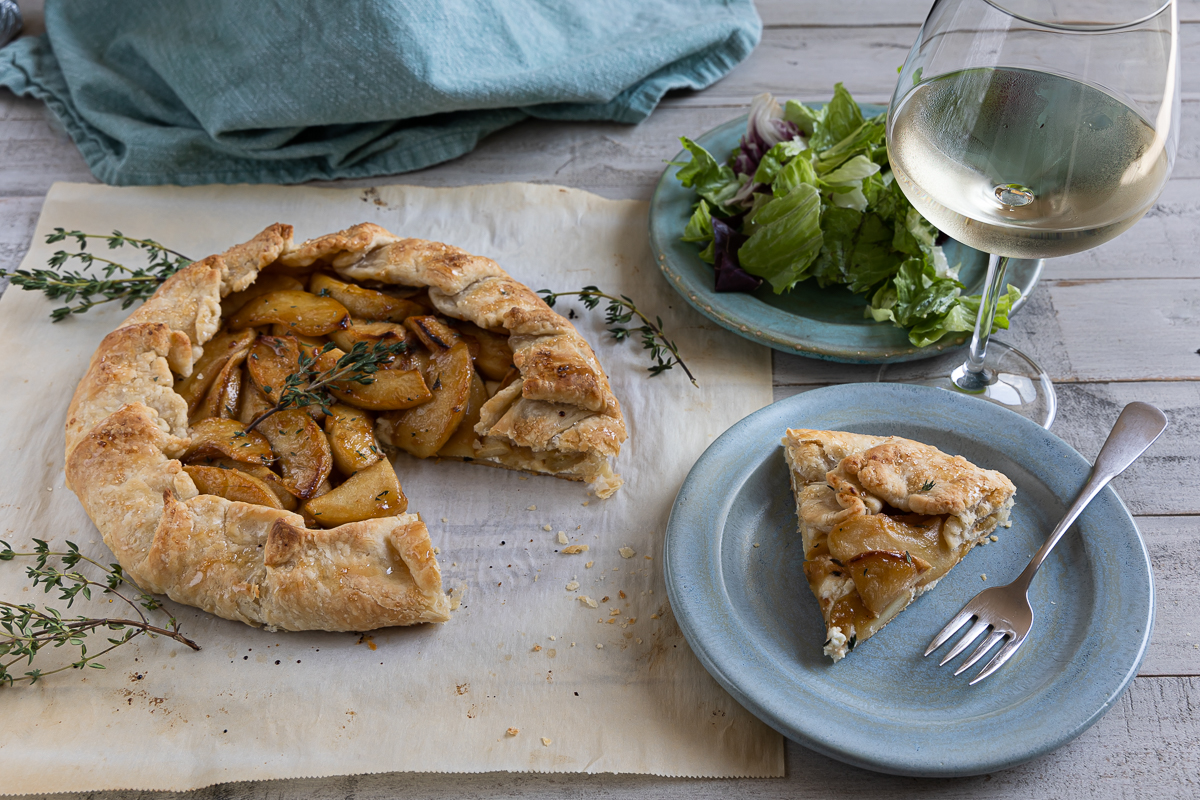
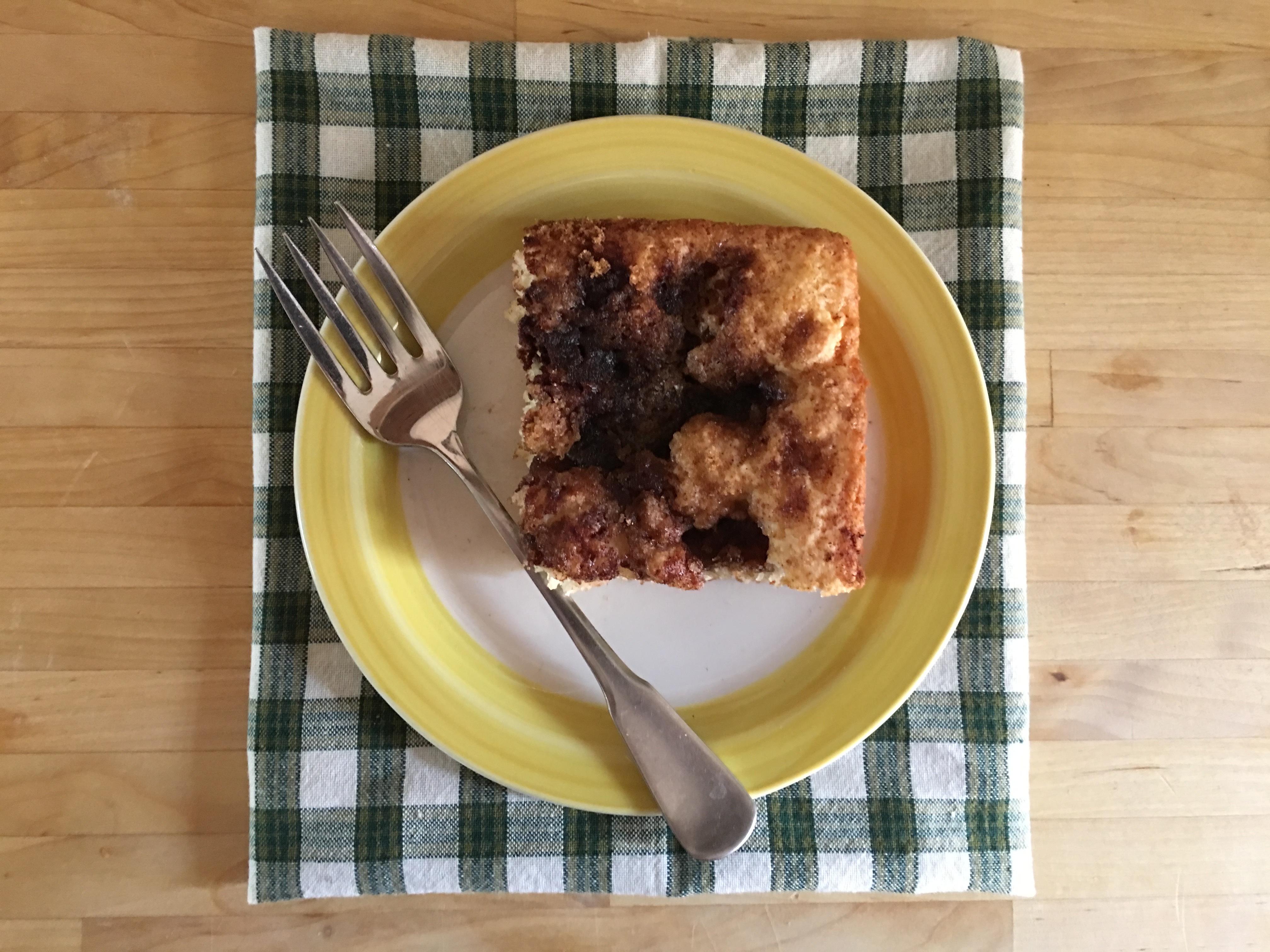
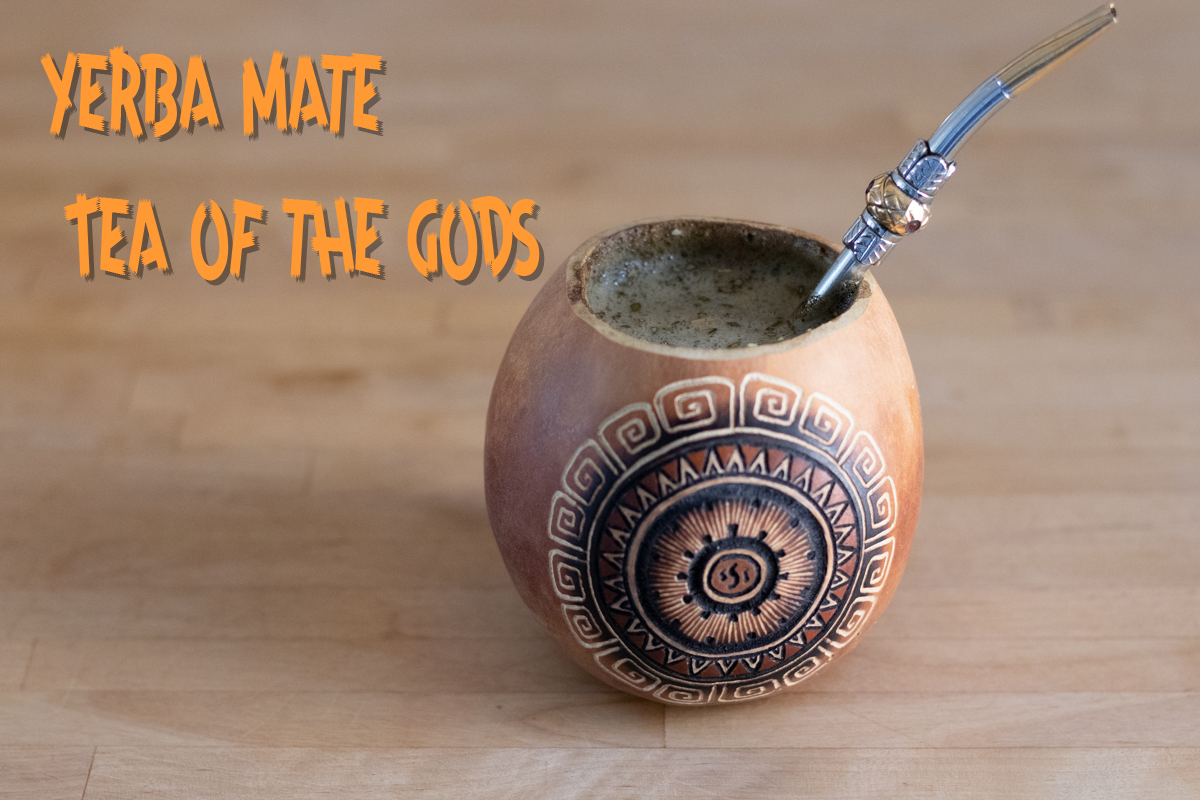
One thought on “Just What Is This Yerba Mate?”
Comments are closed.